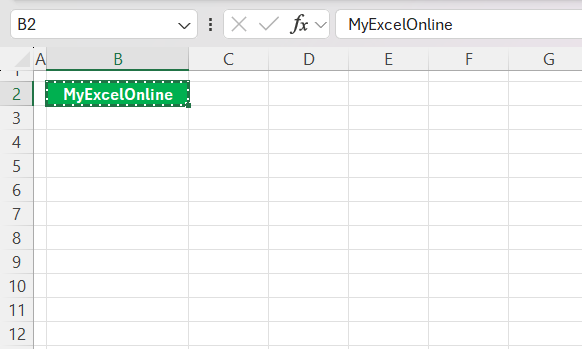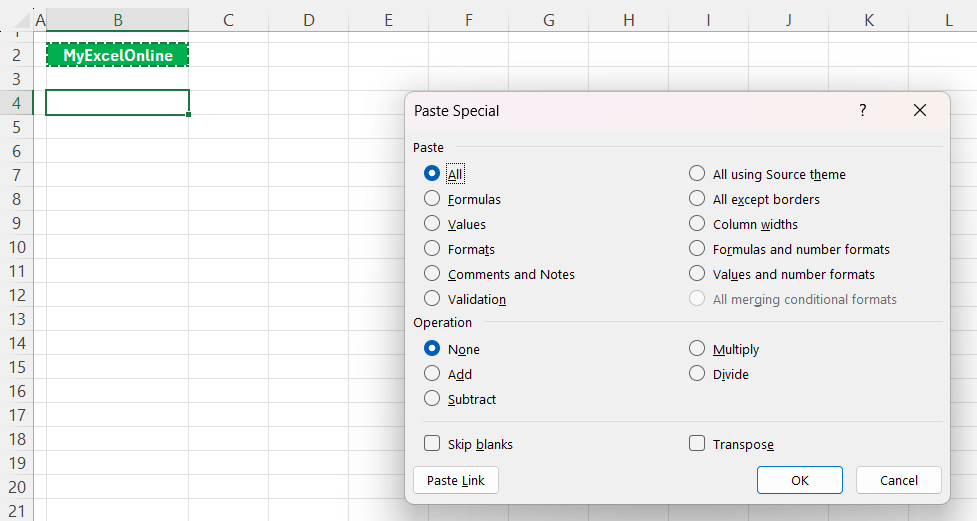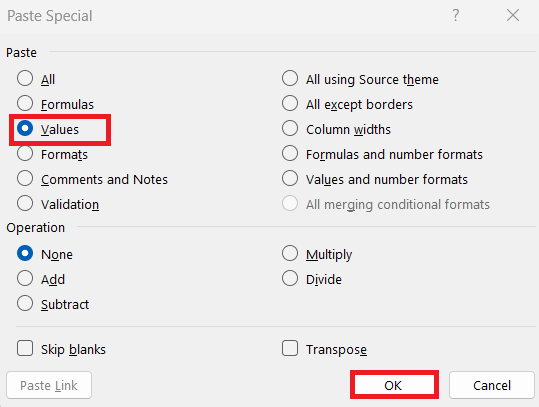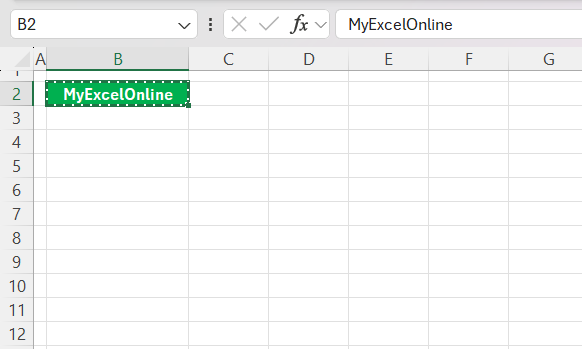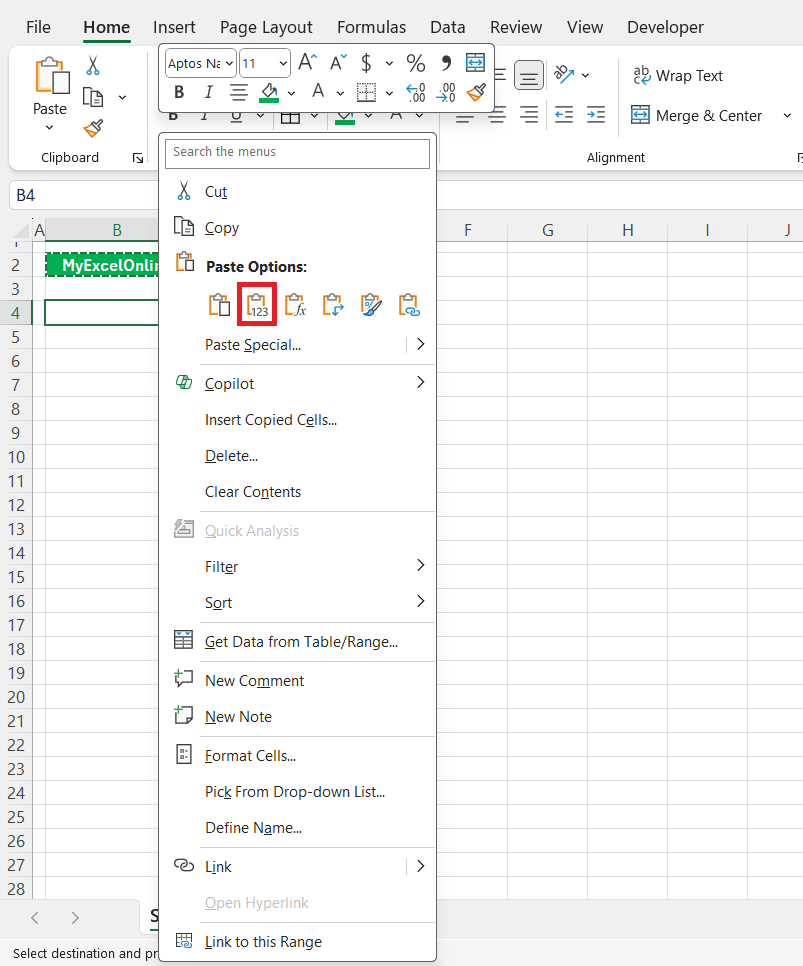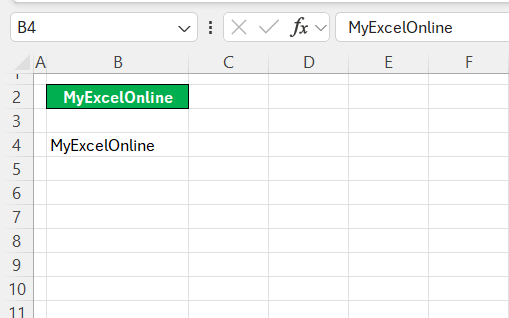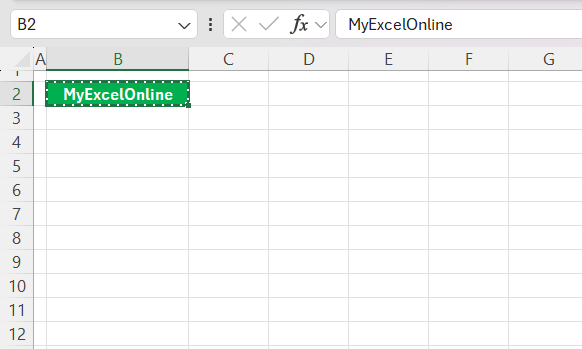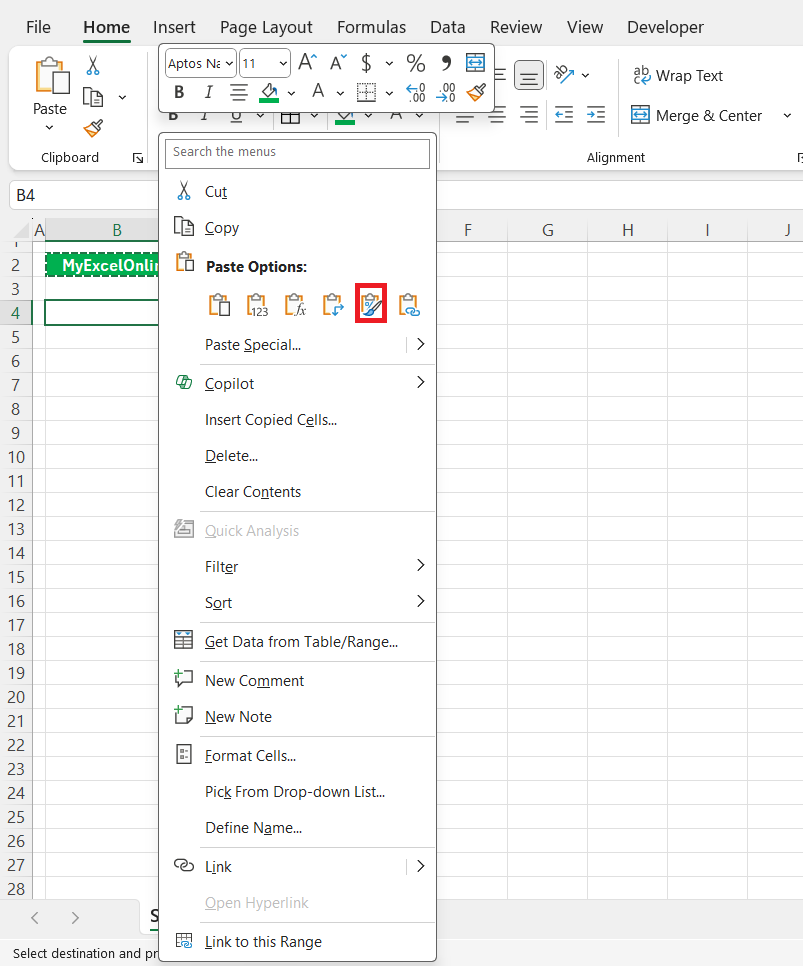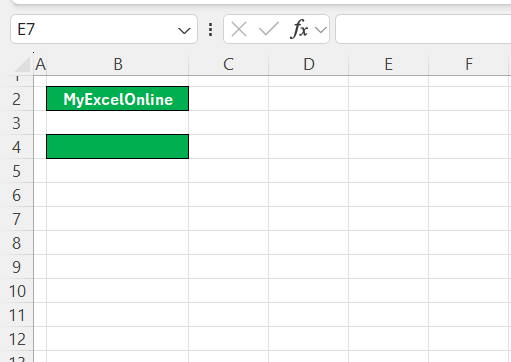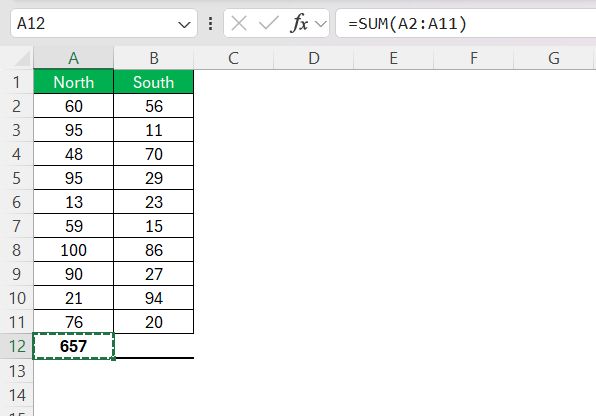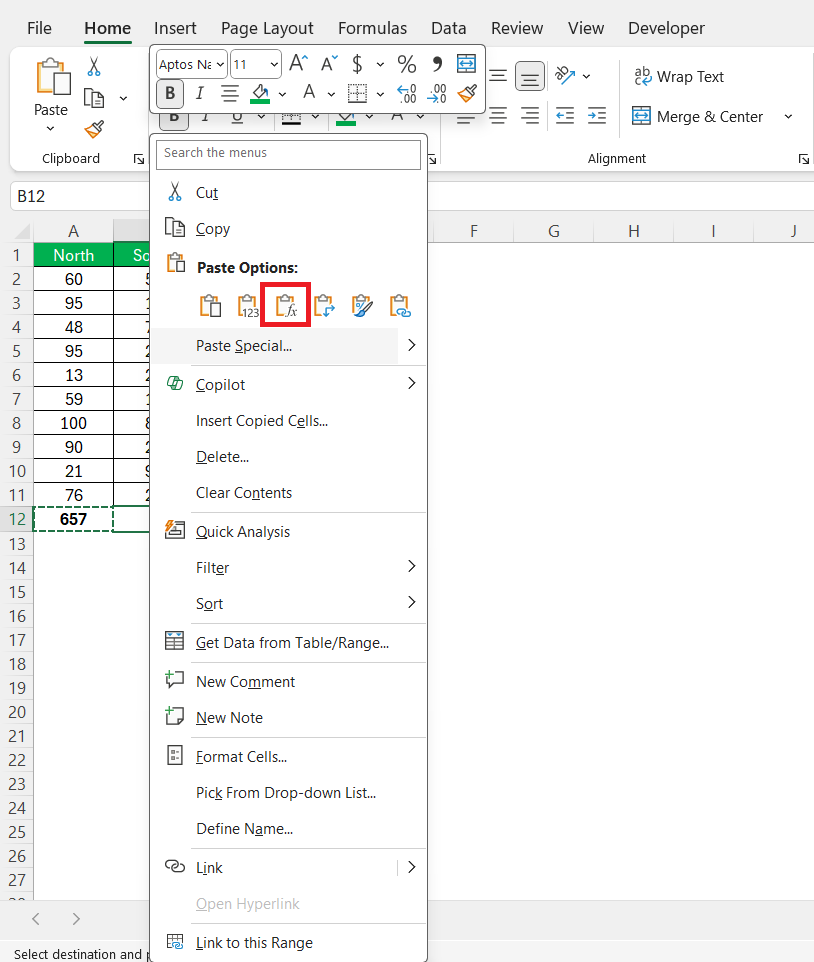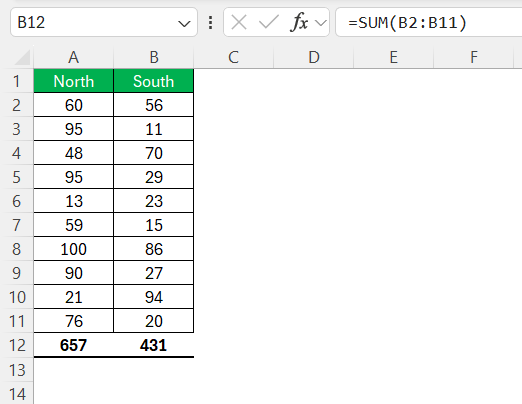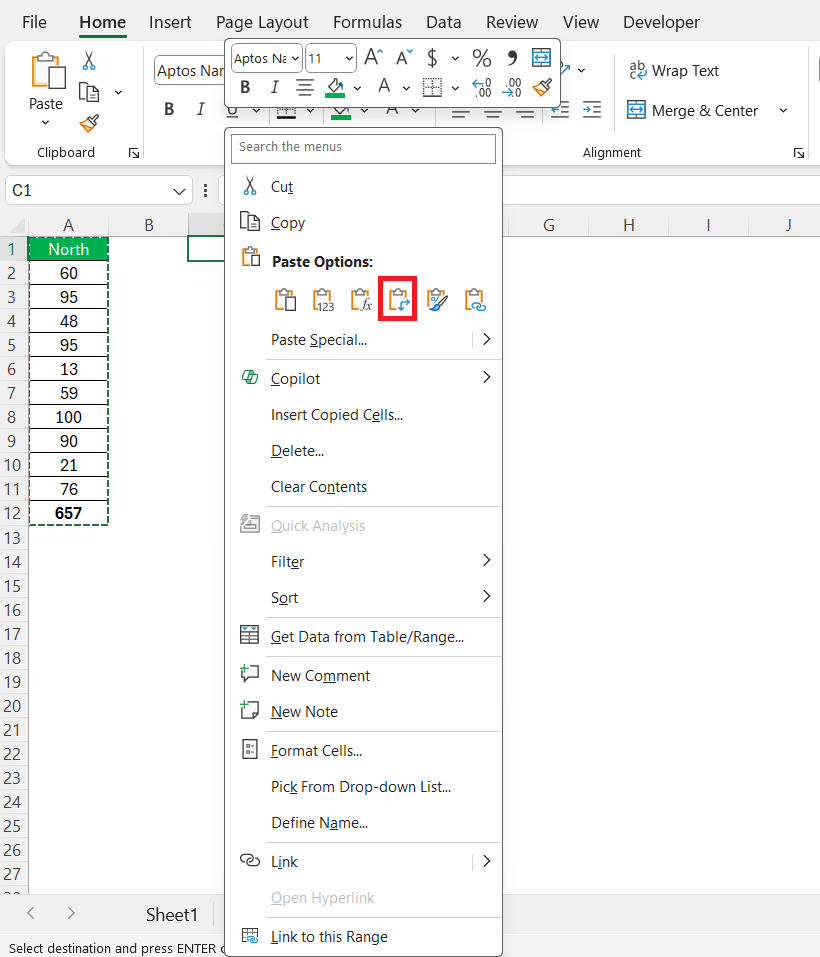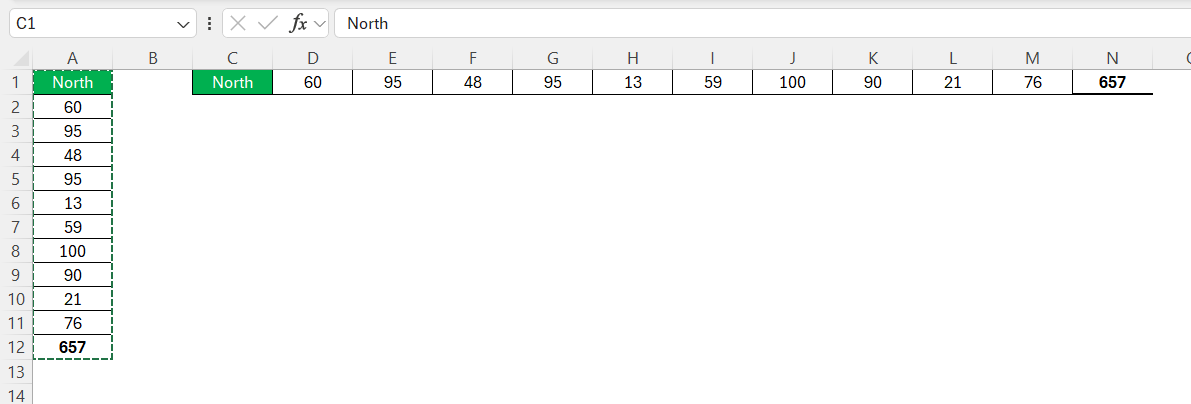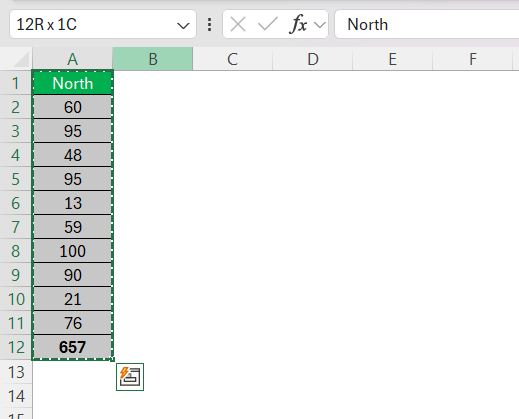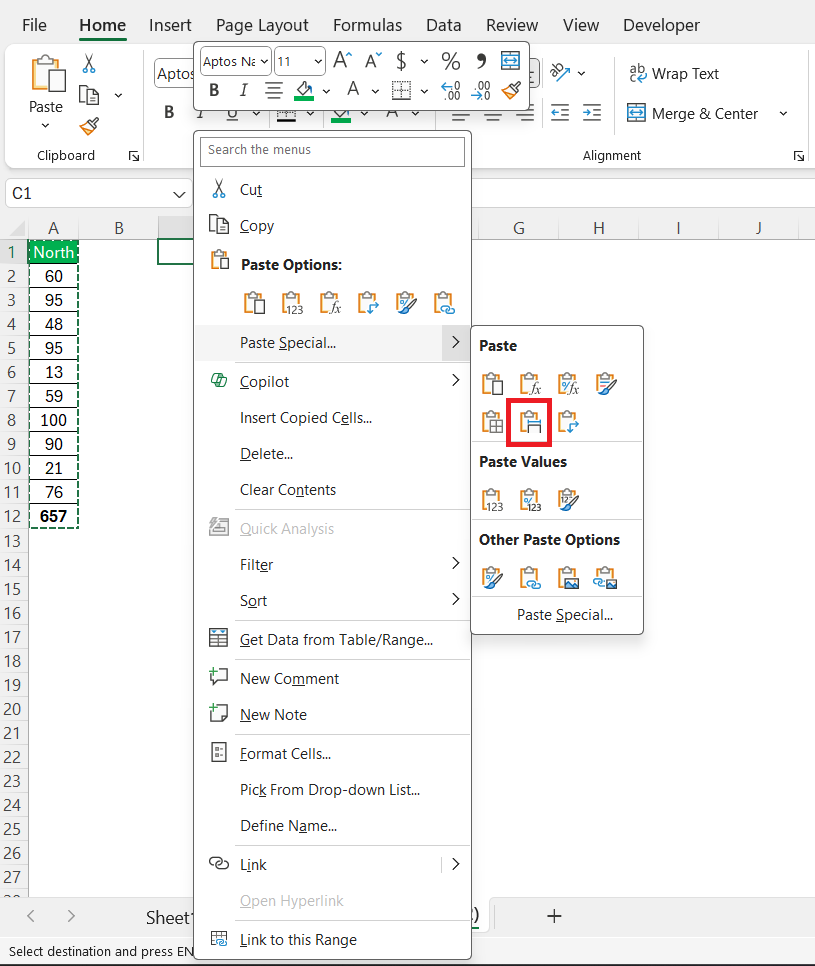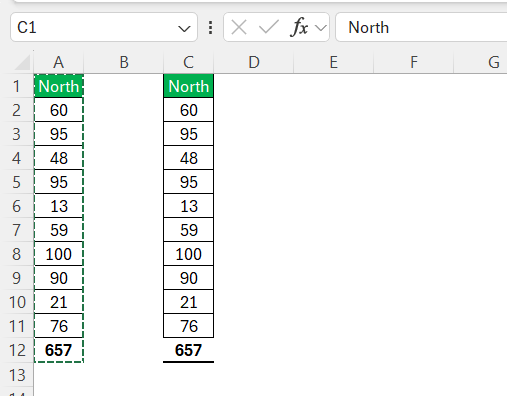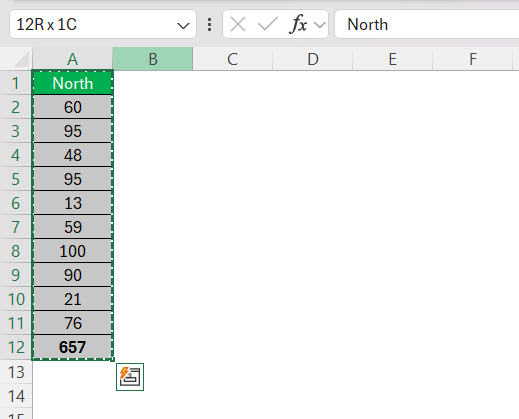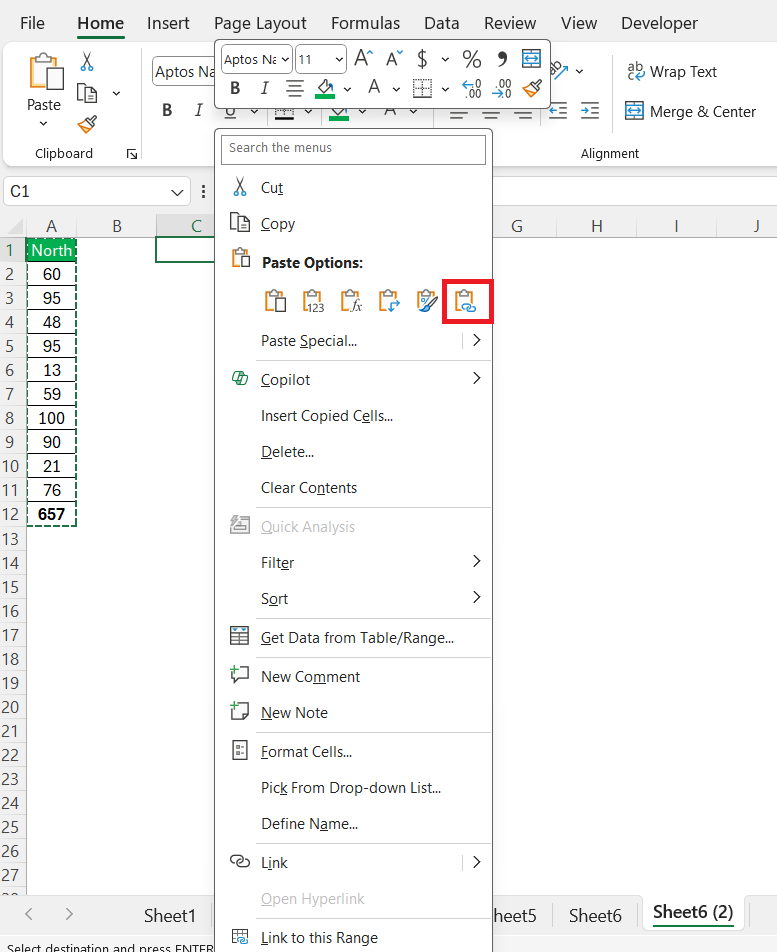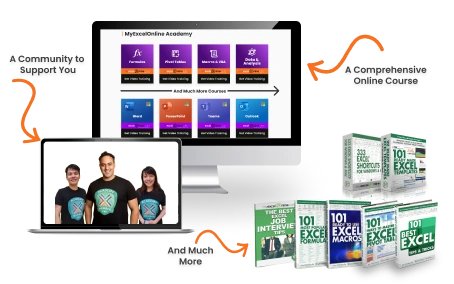When working in Excel, copying and pasting data is one of the most fundamental tasks. I find myself using the paste feature constantly, whether I’m moving data around, reformatting tables, or simply duplicating content. But pasting in Excel isn’t just about pressing Ctrl + V—there are multiple ways to paste data efficiently, and knowing these methods can save time and effort.
Key Takeaways:
- Mastering Excel’s paste options saves time and ensures accurate data transfers.
- Paste Special allows selective pasting, including values, formatting, and formulas.
- Keyboard shortcuts like Ctrl + V, Ctrl + Alt + V, and Alt + H + V streamline workflow.
- Common paste mistakes include overwriting data, broken formulas, and inconsistent formats.
- Using Skip Blanks and Transpose can improve data organization and prevent errors.
Table of Contents
Mastering the Basics of Copy and Paste in Excel
Understanding Standard Paste Options
Excel offers a variety of paste options designed to meet different data handling needs. Each option enables users to customize how content is transferred between cells, ensuring that only desired elements are pasted. The most commonly used is the standard paste function, which copies content, formatting, and comments from source to destination.
- Paste Formulas: This option pastes only the formulas from one set of cells to another, preserving functional elements without carrying over the resulting values.
- Paste Values: Ideal for when you want to transfer the static results of formulas from one cell to another, without the original formulas.
- Paste Formatting: This option allows you to copy the style of a cell, including font size, color, and borders, without affecting the actual data.
- Paste Comments: Transfers comments placed within cells, which is helpful when annotations need to be preserved.
- Paste Transpose: Changes the orientation of data when pasting. Rows become columns and vice versa, aiding in reformatting datasets.
By understanding these basic paste options, users can manage data more effectively, improving both accuracy and efficiency in Excel.
Basic Paste Options in Excel
Standard Paste (Ctrl + V)
The quickest way to paste data is by using Ctrl + V (or Cmd + V on Mac). This method pastes everything, including values, formatting, and formulas.
Paste Special (Ctrl + Alt + V)
If I need more control over what I paste, I use Paste Special. This feature allows me to paste only specific elements of copied data, such as values, formats, or formulas.
STEP 1: Copy the data (Ctrl + C).
STEP 2: Press Ctrl + Alt + V to open the Paste Special dialog.
STEP 3: Select the appropriate option (e.g., Values, Formats, Formulas). Click OK.
Paste Values (Alt + H + V + V)
Often, I want to paste just the values from a formula without carrying over the formulas themselves. For this, I use Paste Values. To paste only values:
STEP 1: Copy the data.
STEP 2: Right-click the destination cell and choose Paste Values.
Alternatively, use the shortcut Alt + H + V + V.
Paste Formatting (Alt + H + V + R)
If I need to apply formatting from one cell to another without changing the content, I use Paste Formatting. To paste formatting:
STEP 1: Copy the cell with the desired format.
STEP 2: Right-click the destination cell and choose Paste Formatting.
Alternatively, use the shortcut Alt + H + V + R.
Paste Formulas (Alt + H + V + F)
Sometimes, I only want to copy formulas without altering the formatting. This is where Paste Formulas comes in handy. To paste formulas:
STEP 1: Copy the cell containing the formula.
STEP 2: Right-click the destination cell and select Paste Formulas.
Alternatively, use the shortcut Alt + H + V + F.
Paste Transpose (Alt + H + V + T)
One of my favorite tricks is Paste Transpose, which flips rows into columns and vice versa. To transpose data:
STEP 1: Copy the data.
STEP 2: Right-click the destination cell and select Transpose.
Alternatively, use Alt + H + V + T.
Advanced Pasting Techniques
Pasting and Keeping Source Column Widths
When pasting data, sometimes I want to maintain the original column widths. Excel provides a way to do this using Paste Special.
STEP 1: Copy the data.
STEP 2: Right-click the destination cell and choose Paste Special. Select Keep Source Column Widths.
The data and column widths will be pasted to the new location.
Pasting as a Link
If I need to display data as an image that updates when the source data changes, I use Paste as Link.
STEP 1: Copy the range.
STEP 2: Click on the destination cell. Right-click the destination cell and choose Paste Link.
The linked data will be pasted to the new location.
Excel Shortcuts for Quick Actions
Boost Productivity with Popular Excel Shortcuts
Excel shortcuts are indispensable for enhancing productivity, allowing users to perform tasks with greater speed and efficiency. Mastering a few key shortcuts can significantly streamline your workflow, making data management less time-consuming and more intuitive.
- Copy: Ctrl + C – Quickly copy selected data or formulas.
- Cut: Ctrl + X – Remove and prepare to paste data or formulas elsewhere.
- Paste: Ctrl + V – Insert copied or cut items into the desired location.
- Paste Special: Ctrl + Alt + V – Access advanced paste options to tailor data transfer based on your needs.
- Go To: Ctrl + G – Jump to any specified cell or range instantly.
- Select Entire Row: Shift + Space – Quickly highlight an entire row, useful for formatting or data sorting.
- Select Entire Column: Ctrl + Space – Highlight an entire column to apply operations across all included data.
- Undo: Ctrl + Z – Quickly reverse undesired actions or mistakes.
- Redo: Ctrl + Y – Reapply actions that were undone or repeat the last command.
- Fill Down: Ctrl + D – Easily extend data or formulas from the selected cell down through the range of selected cells below.
Benefits of Using Excel Shortcuts:
- Increased Efficiency: Shortcuts reduce the time spent on repetitive tasks, allowing you to focus on more complex analyses or problem-solving.
- Streamlined Workflow: Quickly navigates and manipulates data without frequent transitions between the keyboard and mouse, maintaining a smooth workflow.
- Improved Accuracy: Automating actions through shortcuts minimizes manual errors, ensuring greater precision in data handling.
Becoming proficient in these shortcuts will empower you to handle Excel tasks more fluidly, ultimately enhancing your productivity and proficiency in data management.
Common Mistakes and How to Avoid Them
Even seasoned Excel users can stumble when copying and pasting. Let’s review some common pitfalls and how to effectively avoid them:
- Overwriting Data: Before pasting, always double-check your destination cell to prevent accidental overwriting of critical information. This simple step can save you from data loss.
- Broken Formulas: When copying formulas across sheets or workbooks, update any references that might break. Incorrect references can lead to errors and miscalculations.
- Inconsistent Formats: If pasted data appears different, it might be due to format discrepancies. Use “Paste Special” options to maintain consistency across your spreadsheets.
Being mindful of these common mistakes will help you maintain data integrity and avoid unnecessary headaches. Mistakes happen, and pasting as text in Excel has its own set of pitfalls:
- Forgetting to Paste as Text: The common shortcut Ctrl + V can lead to errors. Make a habit of using the paste special option or keyboard shortcuts whenever handling critical data.
- Overlooking Mismatched Data Types: Pasting as text can lead to numbers being interpreted incorrectly. Always double-check your data types post-paste to ensure accuracy.
- Ignoring Hidden Formatting: Hidden characters can sneak in, particularly from web sources. Use Excel’s “Find and Replace” to identify and clean.
FAQs
What is the difference between Paste and Paste Special?
The basic “Paste” function inserts copied content, including all formatting and data, exactly as it appears in the original selection. “Paste Special” offers advanced options, allowing you to choose specific elements to paste, such as values, formulas, formats, or comments, thus providing more control over the pasting process and ensuring greater precision in how data is transferred.
How can I copy only the formatting, not the content?
To copy only the formatting in Excel without the content, use “Paste Special.” First, copy the cell with the desired formatting (Ctrl + C). Then, select the destination cell, right-click, choose “Paste Special,” and select “Formats.” This action will apply the original cell’s formatting to the new location while leaving the existing content unchanged.
Can I use a shortcut key for Pasting Values only?
Yes, you can use a shortcut key to paste values only in Excel. After copying your data (Ctrl + C), navigate to the destination cell and press Ctrl + Alt + V to open the Paste Special dialog. Then press V and hit Enter. This sequence pastes only the values, eliminating the underlying formulas or formatting.
How do I avoid replacing data with copied blank cells?
To prevent replacing existing data with blank cells during copying and pasting, use the “Skip Blanks” option. Copy your desired range, right-click on the destination, and select “Paste Special.” In the Paste Special dialog, check the “Skip Blanks” option before confirming. This ensures only non-blank cells replace the destination content, preserving your existing data.
What are some common Excel paste errors and fixes?
Common Excel paste errors include:
- Overwriting Data: Double-check the destination cell before pasting to ensure you’re not overwriting important data.
- Broken Formulas: When copying formulas, update any references that might break due to changes in sheet or workbook context.
- Inconsistent Formats: Use “Paste Special” to maintain consistent formatting when pasting data.
Fix these by verifying the destination before pasting, adjusting formula references, and using paste options that match your needs.
John Michaloudis is a former accountant and finance analyst at General Electric, a Microsoft MVP since 2020, an Amazon #1 bestselling author of 4 Microsoft Excel books and teacher of Microsoft Excel & Office over at his flagship MyExcelOnline Academy Online Course.

